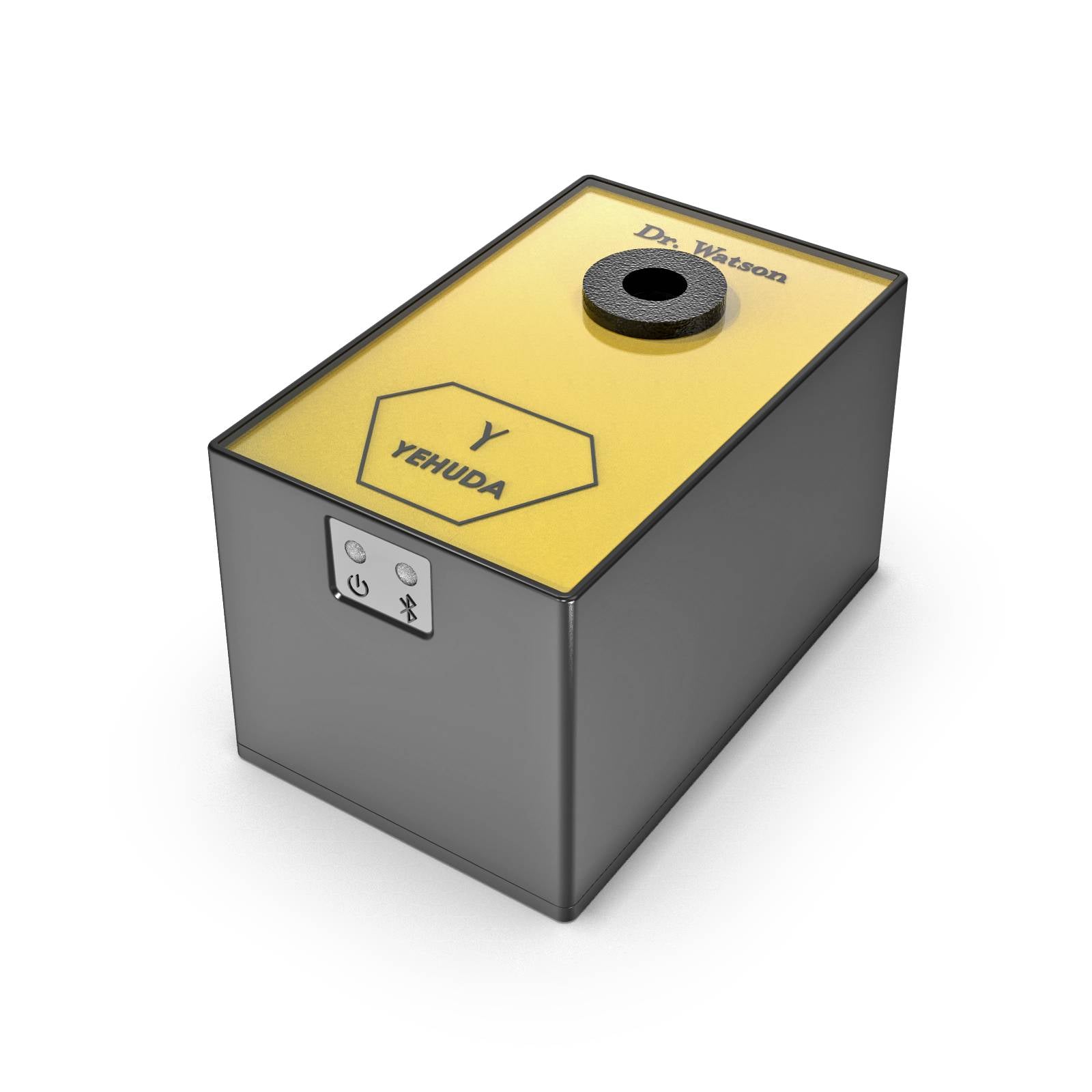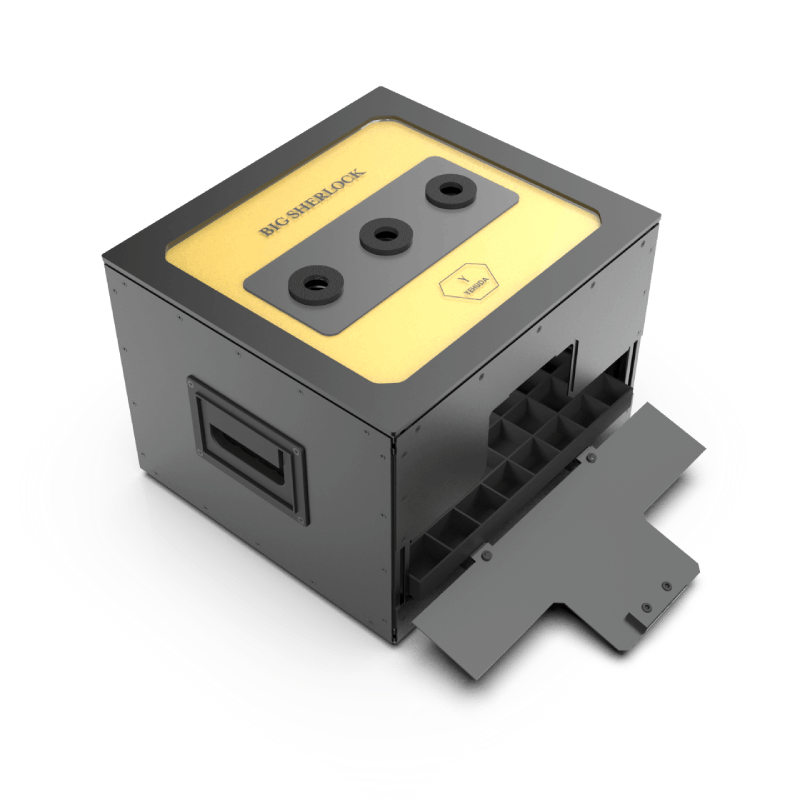Two methods of producing synthetic diamonds
| Hpht | CVD |
| HPHT is an abbreviation for "High Pressure High Temperature", which means "high pressure and high temperature" in translation. This method of producing synthetic diamonds thus reflects the conditions under which crystals grow - in an environment of extremely high pressure and temperature that mimics the conditions of natural diamonds in the Earth's cloak. In the HPHT method, temperatures are typically 1300-1600 ° C and a pressure of about 5 GPa. These extreme values are essential for converting carbon into a diamond structure. | CVD is an abbreviation for "Chemical Vapor Deposition", translated "Chemical Deposition from the Gas Stage" or increasing from the gaseous mixture. In this method, the diamond is formed by a chemical reaction of gaseous hydrocarbons, usually methane, on the surface of a small diamond substrate at 800-1200 ° C. The gases in the reactor break into radicals and carbon atoms, which are gradually stored on the substrate and form a layer of synthetic diamond. The name CVD thus reflects the principle of this chemical deposition from the gas phase. |
There are effective methods for the production of synthetic diamonds, but an experienced expert can distinguish the synthetic and natural origin of the diamond.
Principles and methods of making diamonds are very well described in the video of Element6, which is part of the Defeers group:
HPHT synthetic diamonds
Diamonds are created by carbon crystallization at high pressure and temperature: These conditions imitate the environment in the Earth's cloak, where the carbon is converted into a diamond.
The growth of the diamond takes place on the germ. The germ is a small diamond crystal, around which other layers of carbon are gradually stored.
Extreme conditions are used: The pressure of 5-6 GPa and the temperature of 1300-1600 ° C are optimal for crystal growth.
Metals are used as a carbon solvent: FE, NI, what or their alloys are most commonly used. Metals can therefore be incorporated into the diamond structure.
HPHT DIAMANTS: It can be colorless or colored yellow, blue or pink depending on admixtures.
HPHT synthetic diamond characteristics
Specific growth sectors: They arise due to rapid crystal growth in certain directions.
Metal inclusion: They come from metal solvents used in growth (Fe, ni, what).
Anomalous luminescence: Orange to red fluorescence instead of blue in natural diamonds. Reaction to SW UV is stronger than on LW UV
Very common is strong phosphorescence after exposure to SW UV radiation and this is one of the features that helps identify HPHT Lab-Gown diamonds
Production of HPHT Lab-Gown diamonds is now mainly found in China and Russia:
In China there are many factorys for the production of synthetic diamonds using the HPHT method. These factories use huge presses that create extreme pressure and temperature needed to rise synthetic diamonds from carbon crystals. Each reactor can weigh up to 50 tons. China produces approximately 60% of the world's synthetic diamond production, mostly by the HPHT method.
The energy needed for the operation of these factories is largely obtained from coal combustion. In 2020, 63% of electricity from coal -fired power plants came in China. The high energy intensity of synthetic diamonds, associated with the use of non -renewable energy sources, leads to high greenhouse gas emissions.
- HPHT synthetic diamonds have fluorescence under SWUV significantly orange to red
- HPHT also have a distinctive phosphorescence under SWUV
HPHT diamonds often phosphoresuction after SWUV exposure, unlike natural diamonds
CVD Lab-Grown Diamonds
CVD technology (Chemical Vapor Deposition): The diamond increases from the gaseous mixture with a chemical deposition on the so -called diamond "seed", a slice of synthetic diamond.
How CVD Lab-Grown Diamonds are doing very well described in the video of Element6, which is part of the Defeers group:
Carbon Sources:The carbon source is used by methane, acetylene, etc.
Growth Conditions: Milder than HPHT - pressure below 100 kpa, temperature 800-1200 ° C
Color and Features: The color is most commonly yellowish, colorless stones can be made, it does not contain metal admixtures, but other inclusion may be present. The color is very often subsequently treated by the HPHT method, which achieves high colors of D-F-
- Synthetic diamonds created by the CVD method react to the SUV orange to red
- Synthetic diamonds made by HPHT or CVD methods usually react more at shorter UV wavelengths (swuv), while natural diamonds are the other way around








